

Solar Panel Maintenance Tips to Keep Your System in Peak Condition
Solar panels are built to last, but that doesn’t mean they’re completely maintenance-free. Dust, debris, and weather conditions can impact their efficiency over time, leading to reduced energy output and higher electricity bills. Regular upkeep not only ensures your system operates at peak performance but also extends its lifespan and protects your investment. In this guide, we’ll cover everything you need to know about solar panel maintenance in Australia—from common issues and preventive measures to cost considerations—so you can keep your system running smoothly for years to come.
Other Helpful Articles:
Why is Solar Panel Maintenance Important?
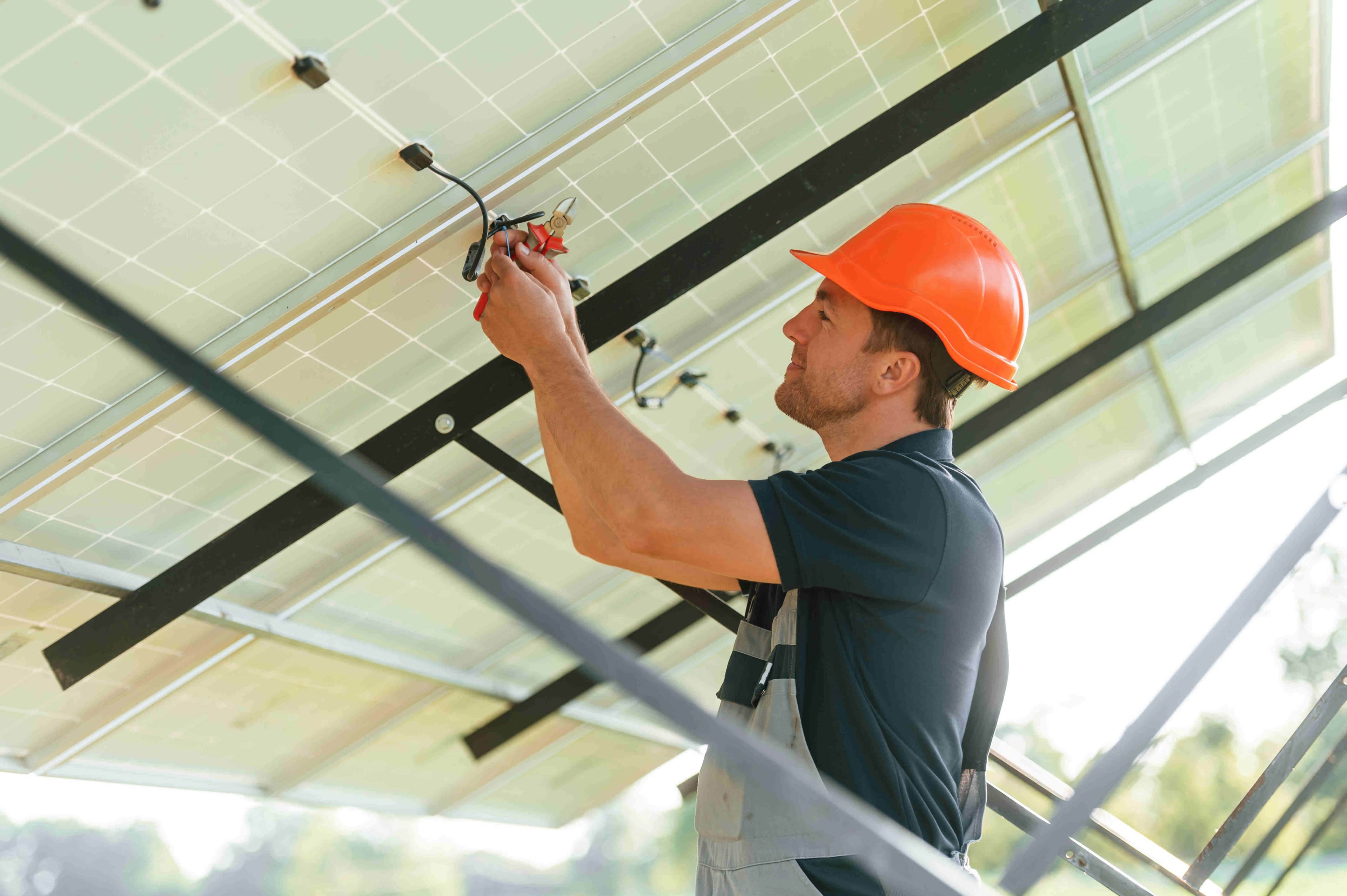
Maximising Efficiency & ROI
Regular cleaning and inspections prevent dust, dirt, and debris from blocking sunlight, keeping your system efficient. This helps you maintain energy savings, avoid higher bills, and protect your investment for the long term.
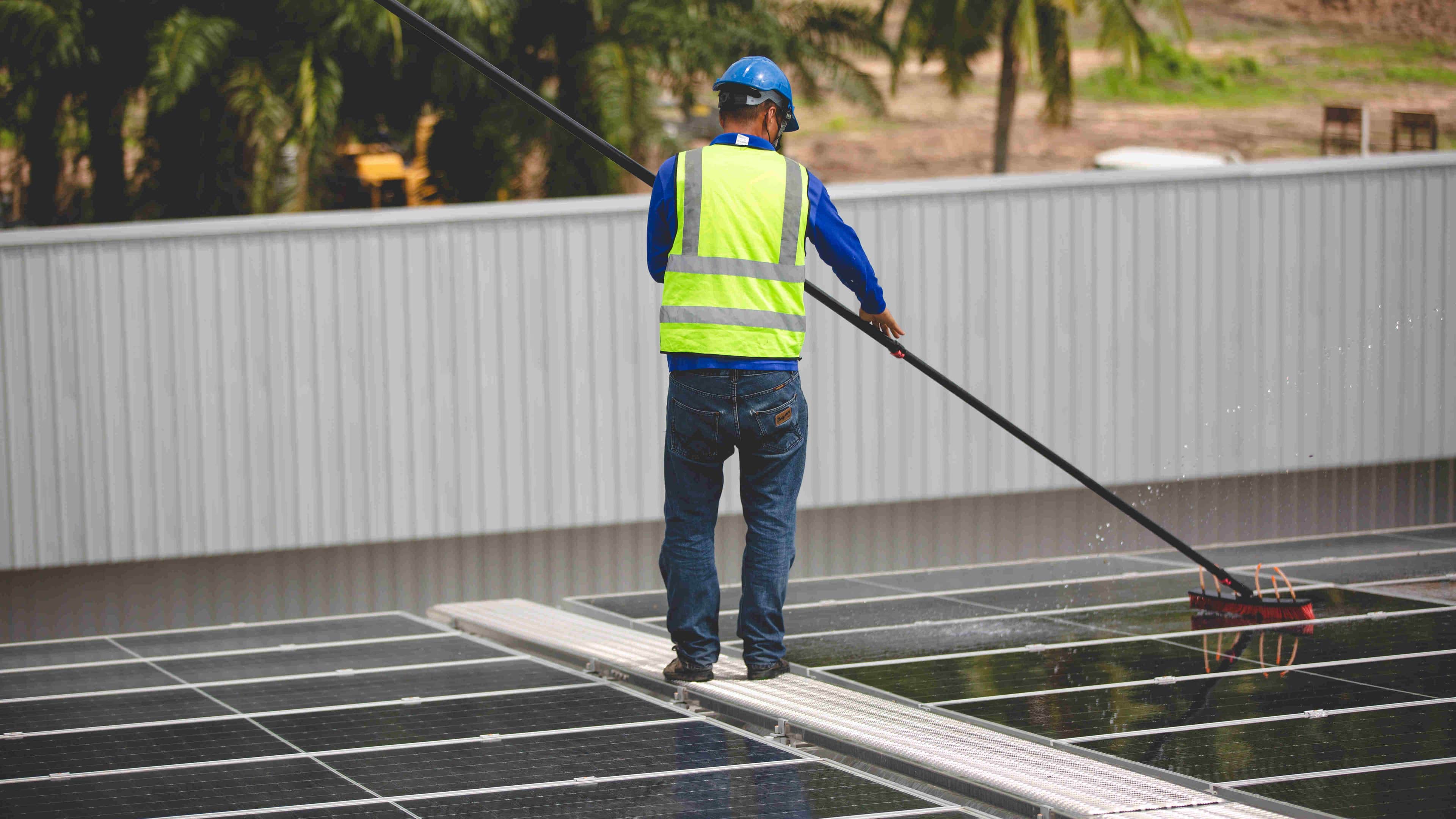
Prolonging System Lifespan
Neglecting maintenance can accelerate wear and tear, shortening your solar panels’ lifespan. Regular upkeep ensures your system continues to function at its best, avoiding costly repairs or replacements down the road.

Preventing Safety Hazards
Issues like faulty wiring, loose connections, or damaged components can lead to serious risks, including electrical fires. Regular inspections help identify and fix potential hazards before they turn into dangerous problems.
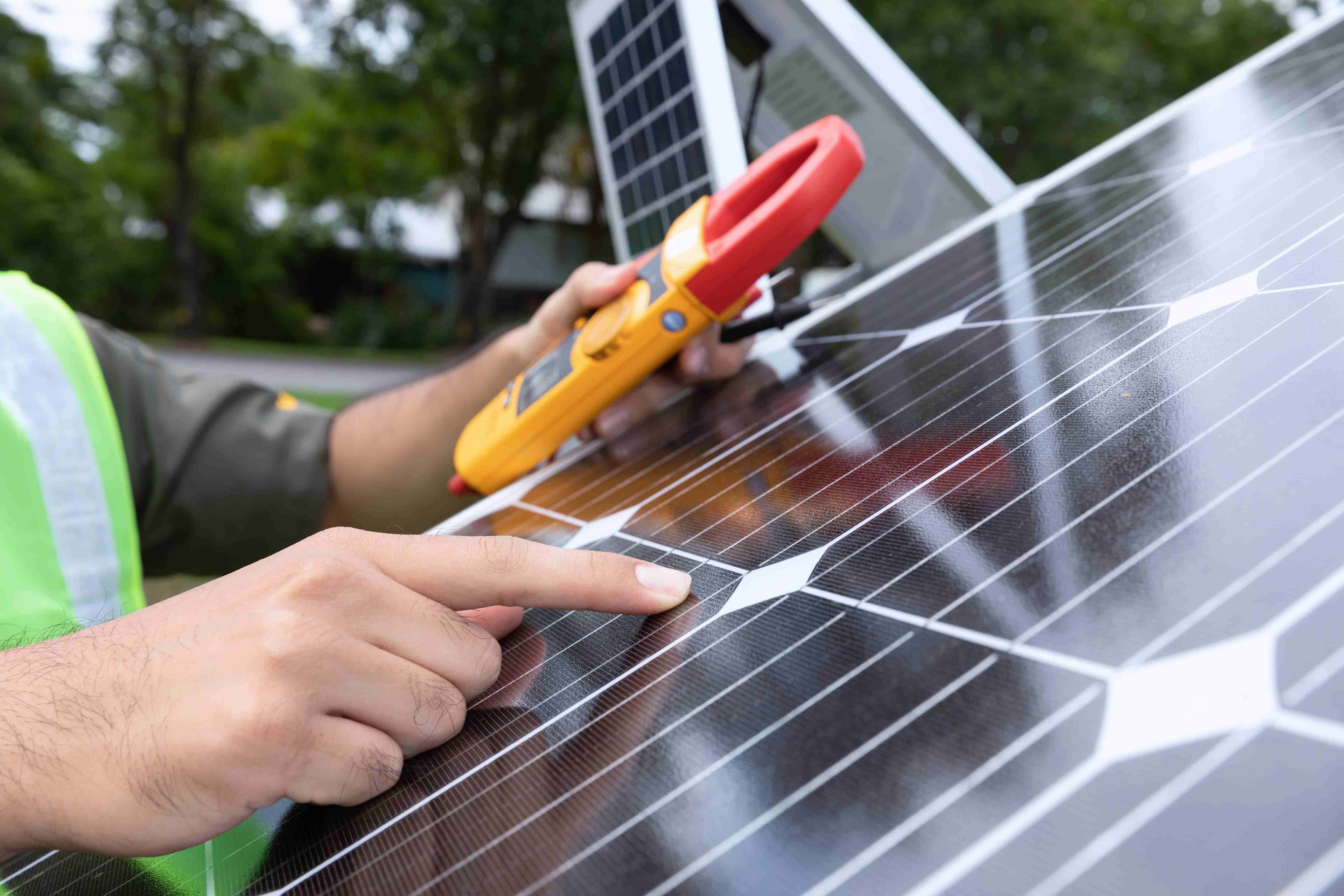
Protecting Manufacturer Warranties
Many manufacturers require proof of regular maintenance to honor warranties. Without proper care, you risk voiding your warranty and being responsible for costly repairs or replacements.
Common Solar Panel Issues and How to Address Them
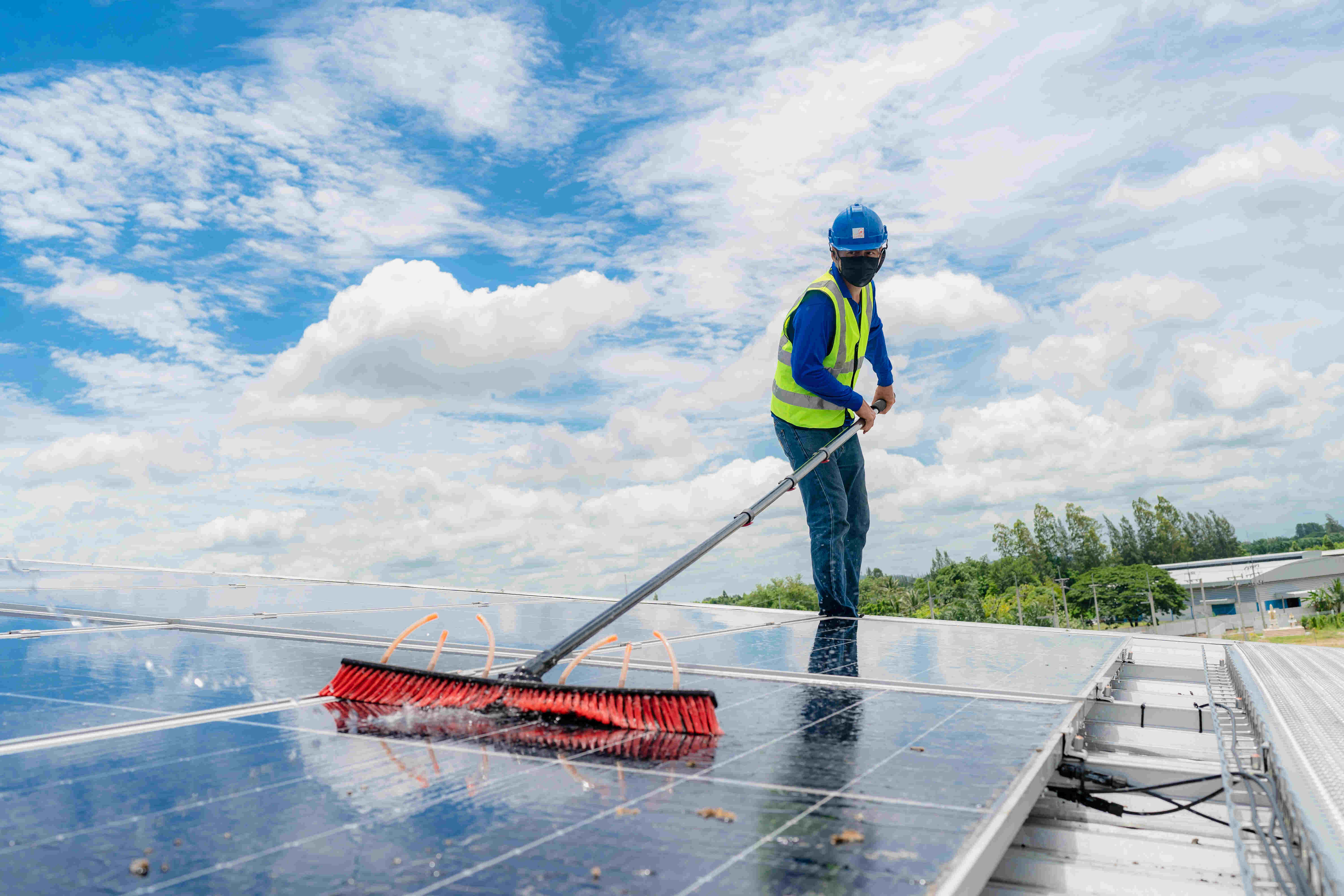
Dust and Dirt Accumulation
What to Look For: Dust, leaves, bird droppings, or other debris on the panel surface.
Signs to Watch For: Reduced energy production or spikes in electricity bills.
Solution: Clean the panels with lukewarm water and a soft cloth. Avoid using chemicals or abrasive materials, as these can damage the surface.
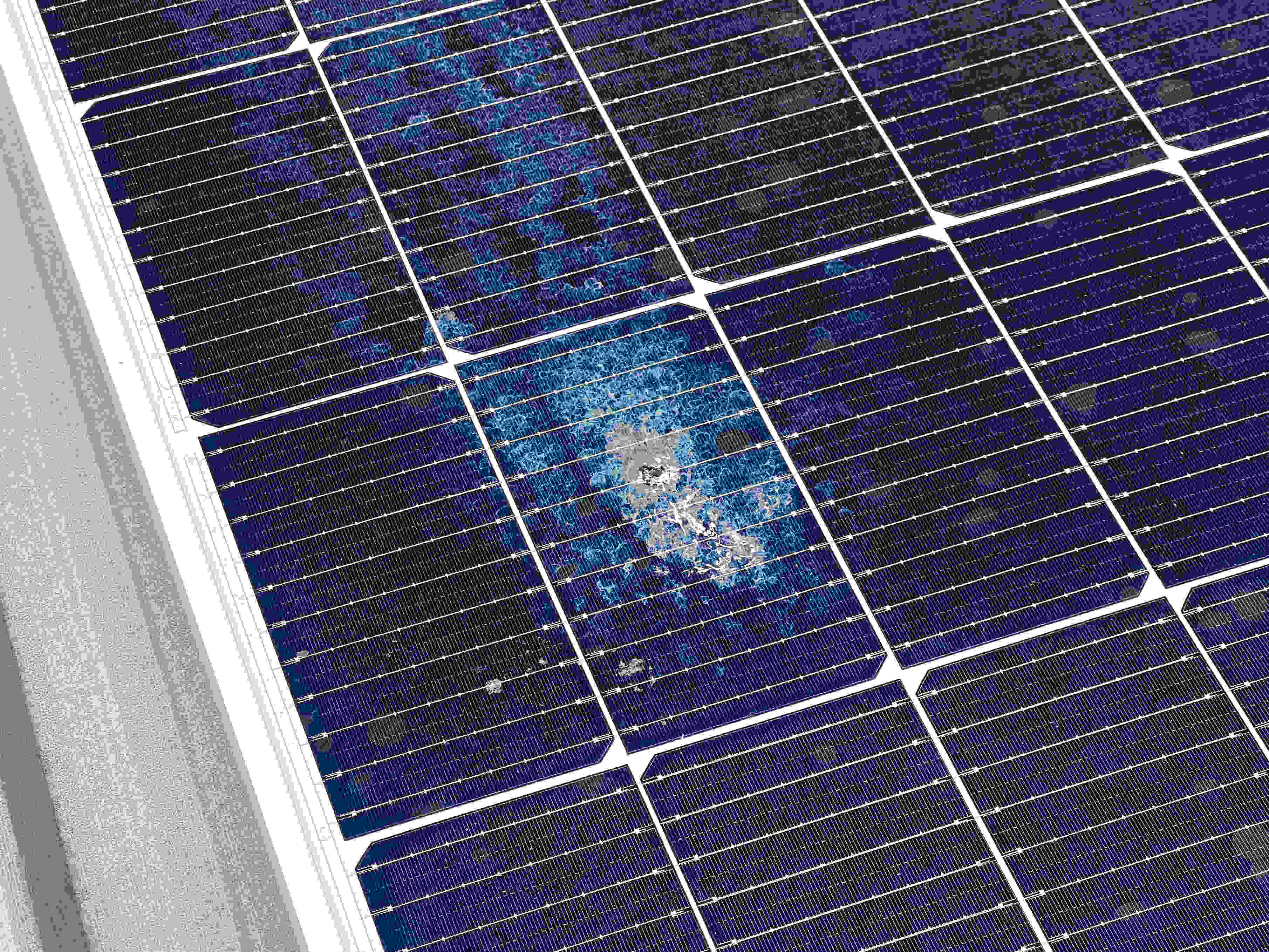
Physical Damage
What to Look For: Cracks, chips, or scratches from hailstorms, falling branches, or debris.
Signs to Watch For: Visible damage or decreased performance.
Solution: Contact a professional to repair or replace damaged panels.
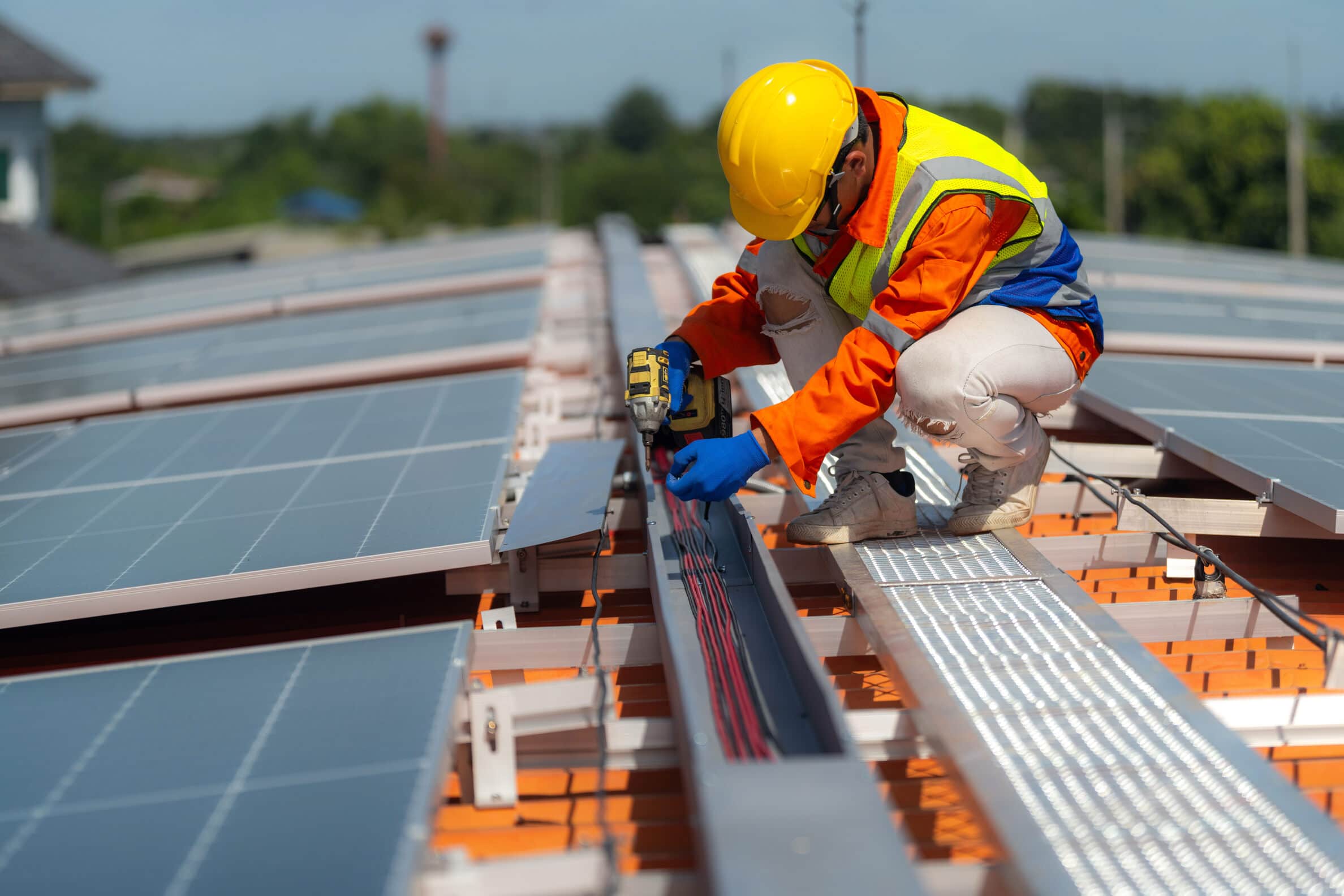
Electrical Issues
What to Look For: Wiring faults, loose connections, or inverter malfunctions.
Signs to Watch For: Flickering inverter lights, error codes, or sudden drops in energy output.
Solution: Hire a licensed technician to inspect and repair electrical components.
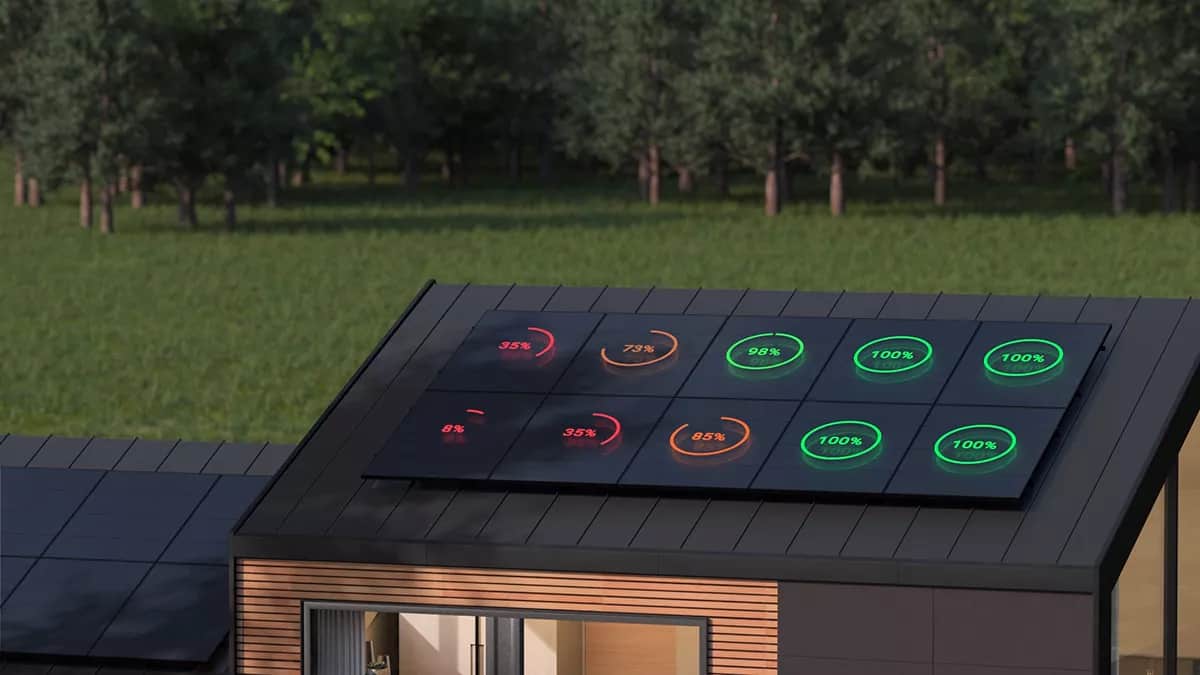
Shading or Obstructions
What to Look For: Trees, structures, or debris casting shadows on the panels.
Signs to Watch For: Reduced energy production during certain times of day.
Solution: Trim trees or remove obstructions to ensure the panels receive unfiltered sunlight.
Comprehensive Solar Panel Maintenance Checklist

Cleaning Panels
How often: (Every 1–3 Months)
Use lukewarm water and a soft cloth or sponge. Avoid pressure washers or abrasive tools that can scratch the surface. Clean after heavy storms or in areas with high pollution or coastal regions.
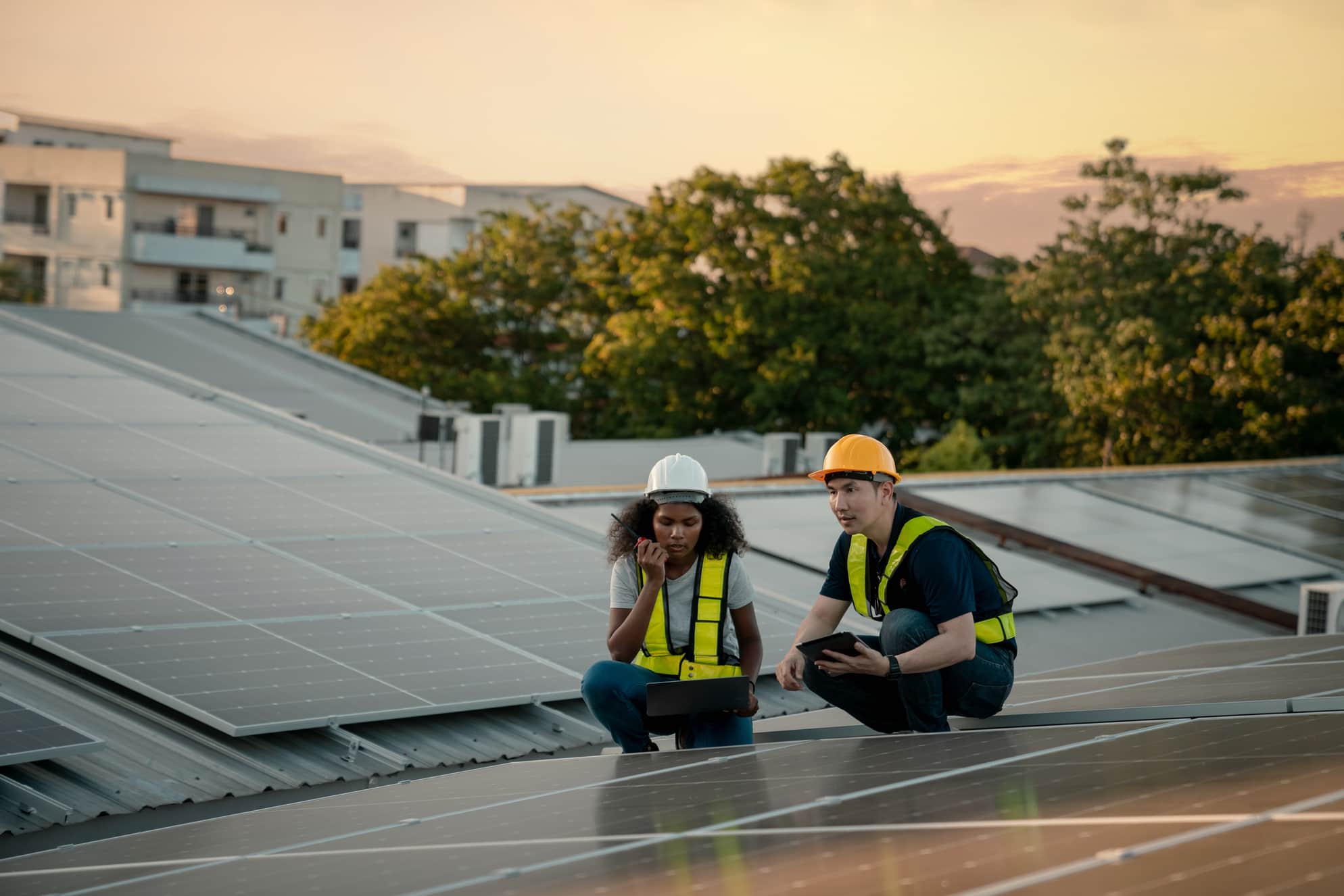
Inspections
How often: (Every 6 Months)
Look for visible damage such as cracks, chips, or corrosion. Check that all panels are clean and free of obstructions. Examine cabling for wear, loose connections, or corrosion.

Performance Monitoring
How often: (Every Month)
Regularly monitor your system’s energy output. A significant decrease in energy production may indicate an issue. Ensure the inverter displays a green light; red lights or error codes require immediate attention.
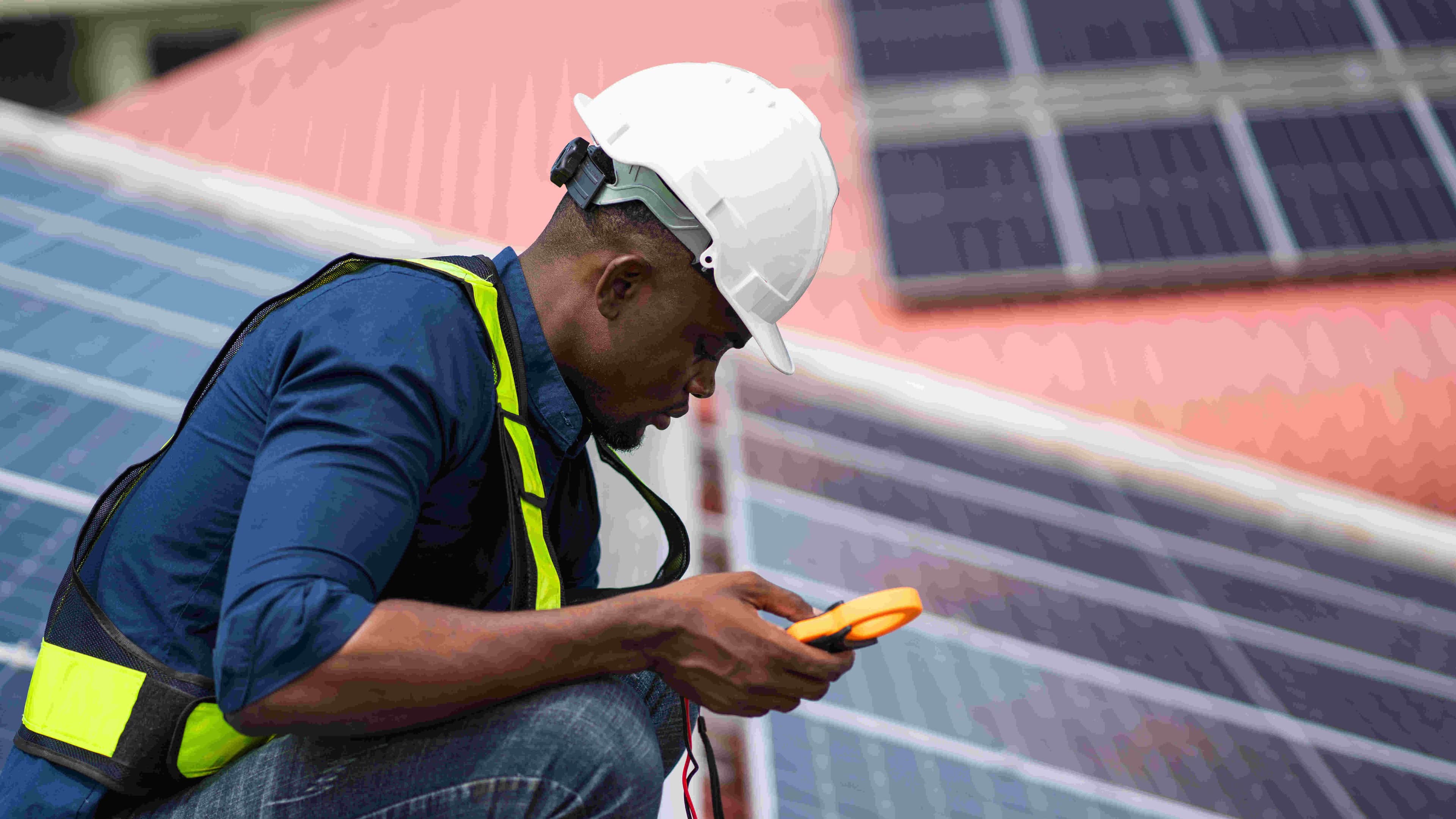
System Integration Checks
How often: (Every 6 Months)
Ensure that all components (inverters, batteries, panels) are working together seamlessly. Test backup functionality for hybrid or off-grid systems.
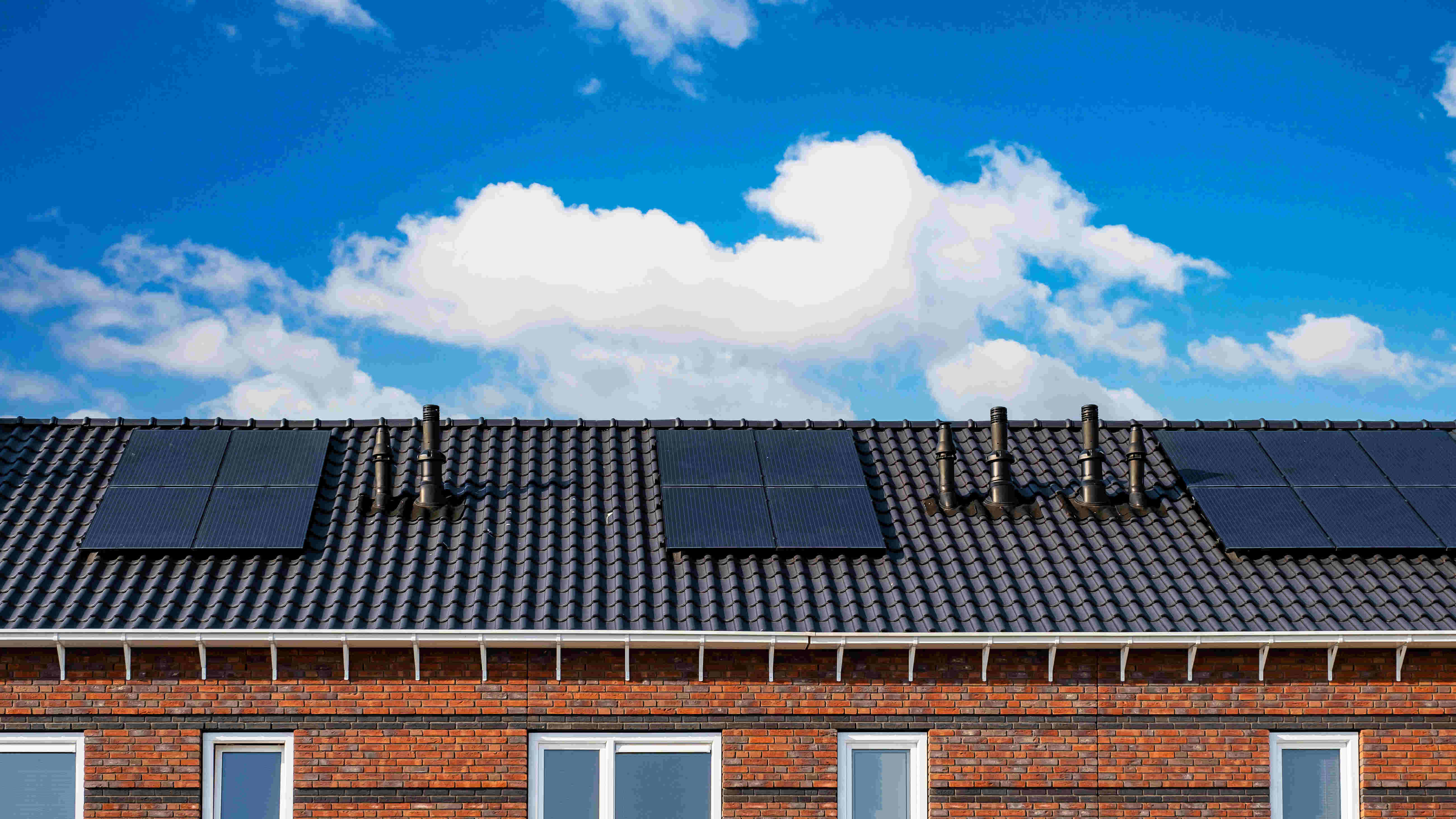
Seasonal Adjustments
How often: (Every 3 Months)
In summer, assess tree shading or check for salt buildup in coastal regions. In winter, prepare for rainwater rinsing and additional cleaning if required. Trim vegetation or adjust panel positioning if shading is an issue.

Professional Inspections
How often: (Once A Year)
Schedule an annual inspection with a certified technician for a comprehensive review of all system components.
When and Why You Should Call a Professional
While many aspects of solar panel maintenance can be handled by homeowners, there are times when it's best to call in a professional to ensure your system operates safely and efficiently. Here are some scenarios when professional assistance is necessary:
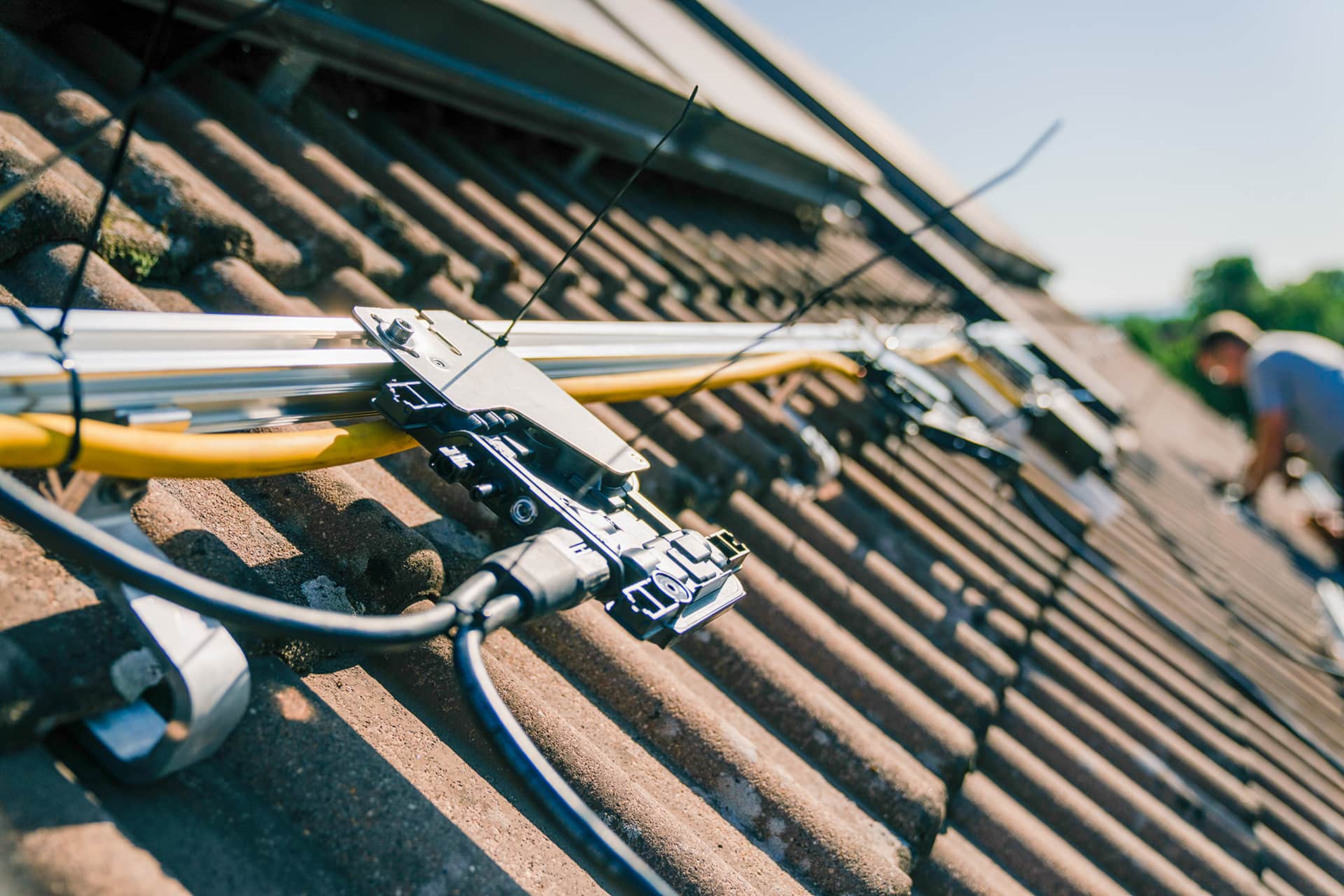
Electrical Issues and Inverter Malfunctions
If you notice any electrical issues such as flickering inverter lights, error codes, or a significant drop in energy production, it’s important to call a licensed technician. Electrical faults can be dangerous and require professional expertise to diagnose and repair safely. A technician can check wiring, connections, and the inverter’s functionality, ensuring everything is operating correctly.

Physical Damage to Panels
While small debris or dirt can be cleaned off easily, visible damage like cracks, chips, or scratches caused by extreme weather, falling branches, or accidental impacts should be handled by a professional. Attempting to repair damaged panels yourself could void the warranty or cause further harm. A professional can assess the damage and determine whether the panel needs repair or replacement.
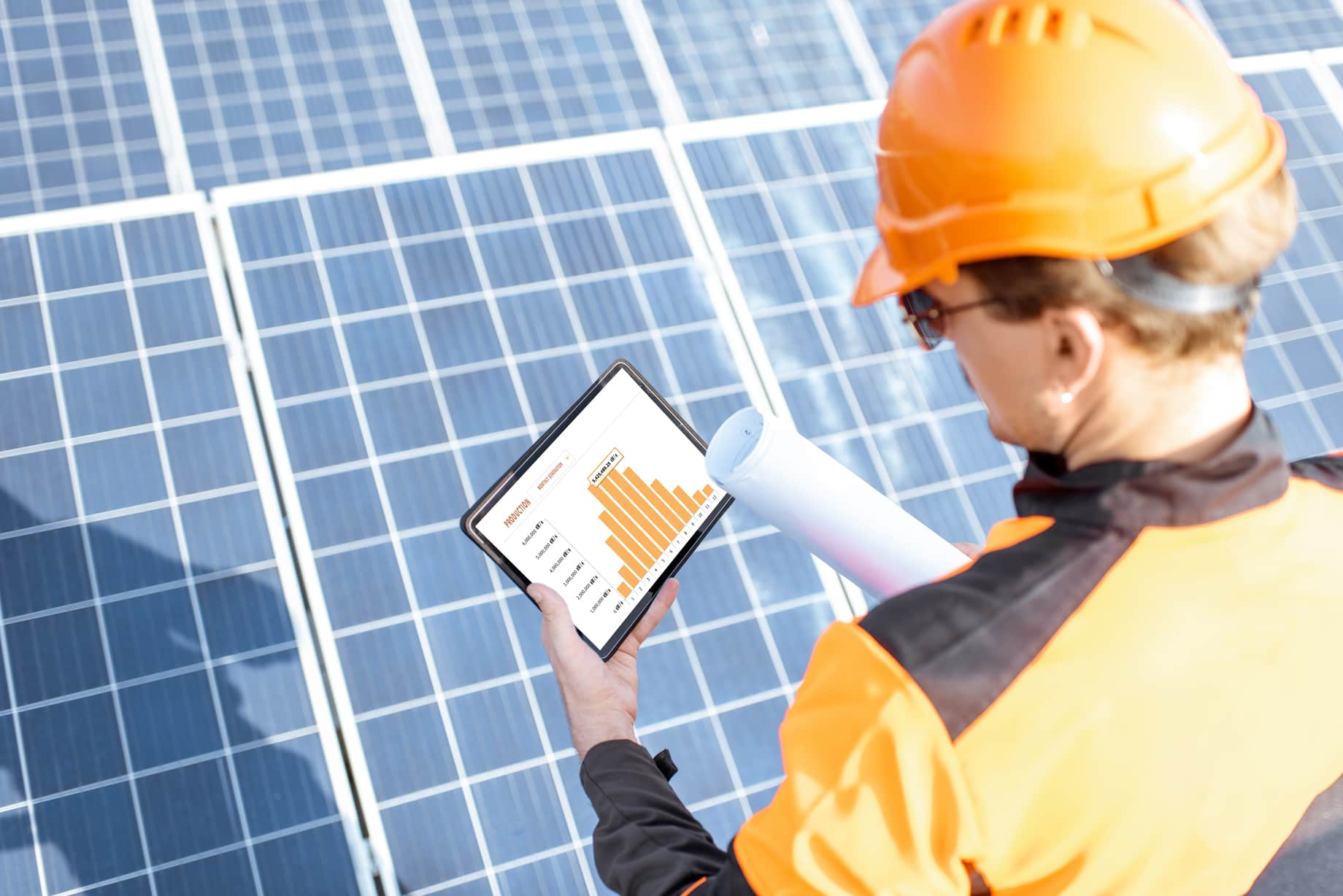
System Performance Monitoring
If you’re noticing a consistent drop in performance despite regular cleaning and inspection, a professional technician can perform an in-depth system check. They can test the efficiency of all components, including the inverter and batteries, and calibrate your system for optimal performance. They will also check for underlying issues like faults in the wiring or problems with the solar controller.
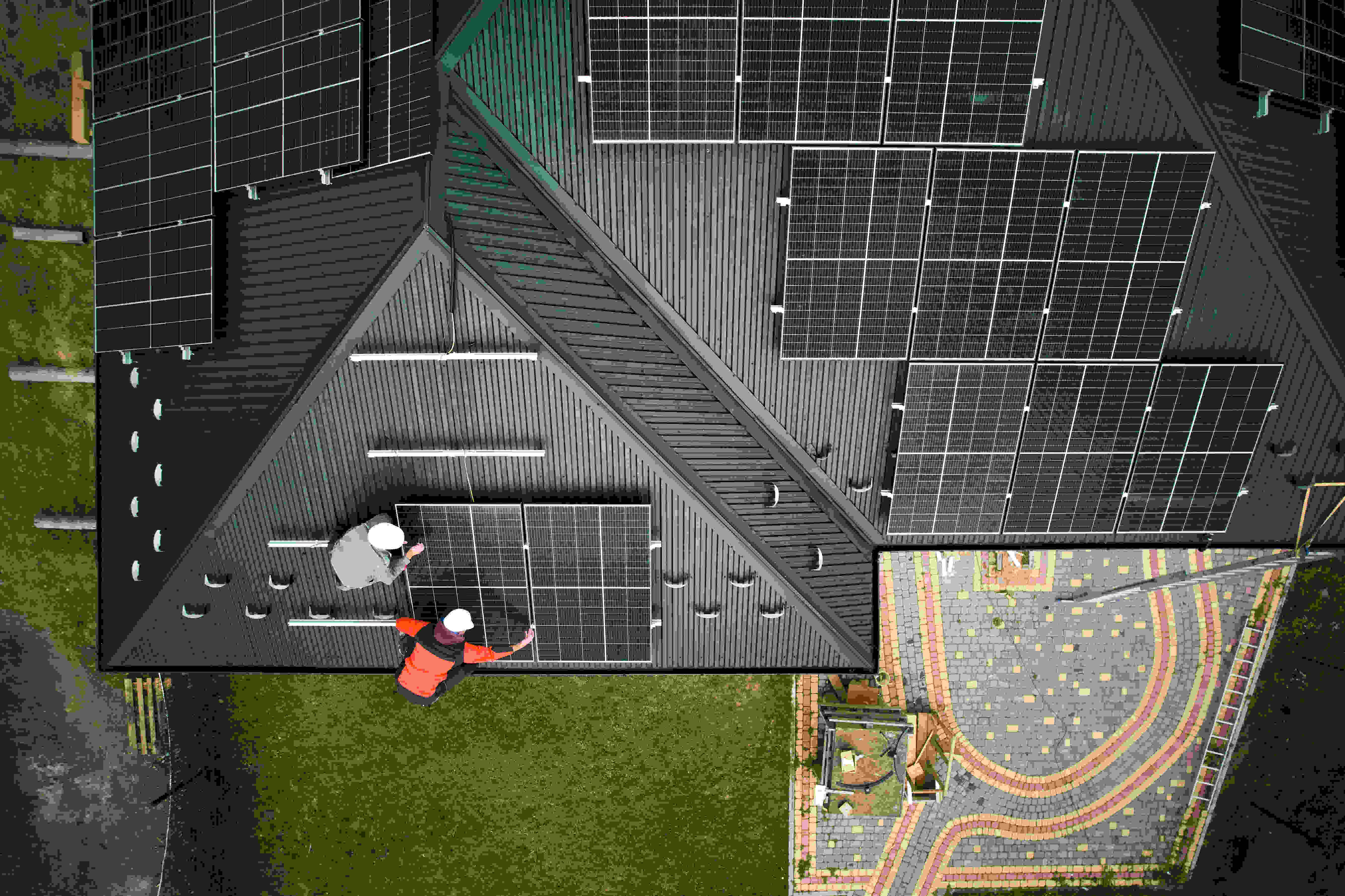
Issues with System Integration
If you have a hybrid or off-grid solar system, it’s crucial to ensure that all components, such as the panels, inverter, and battery storage, are working seamlessly together. A professional can perform a comprehensive check on these integrated systems, ensuring they are communicating properly and functioning as a unit. This is especially important if you're using backup functionality for emergency power needs.

Roof Access and Safety
If your solar panels are located on a rooftop or in hard-to-reach areas, it’s safer to hire a professional for maintenance tasks that require climbing or handling equipment at height. Professionals are equipped with the right tools and safety training to avoid accidents and ensure thorough inspections and cleaning.

Annual Inspections
While you can perform regular cleaning and visual checks, an annual professional inspection is recommended to ensure the system is functioning at its best. A certified technician can identify small issues before they become major problems, extending the lifespan of your system and avoiding costly repairs down the line. This also helps maintain your manufacturer warranty, which often requires professional maintenance to stay valid.
Regional Considerations in Australia for Solar Panel Maintenance
Australia’s diverse climate means maintenance schedules for solar panels should be tailored to the specific conditions of each region. Here’s how different climates can affect your system:

Coastal Areas
The proximity to the ocean means saltwater and sea air can contribute to salt buildup on your panels. This salt can cause corrosion if not regularly cleaned. Frequent desalination is essential in these areas to ensure your panels remain free from corrosive salt deposits, particularly after storms or windy conditions.

Arid and Dry Regions
Dust storms are a common occurrence in these areas, and the dust can accumulate on your panels, reducing their efficiency. The dust buildup can also affect the system’s performance by blocking sunlight. It’s important to monitor the accumulation and clean the panels regularly to prevent long-term performance issues.
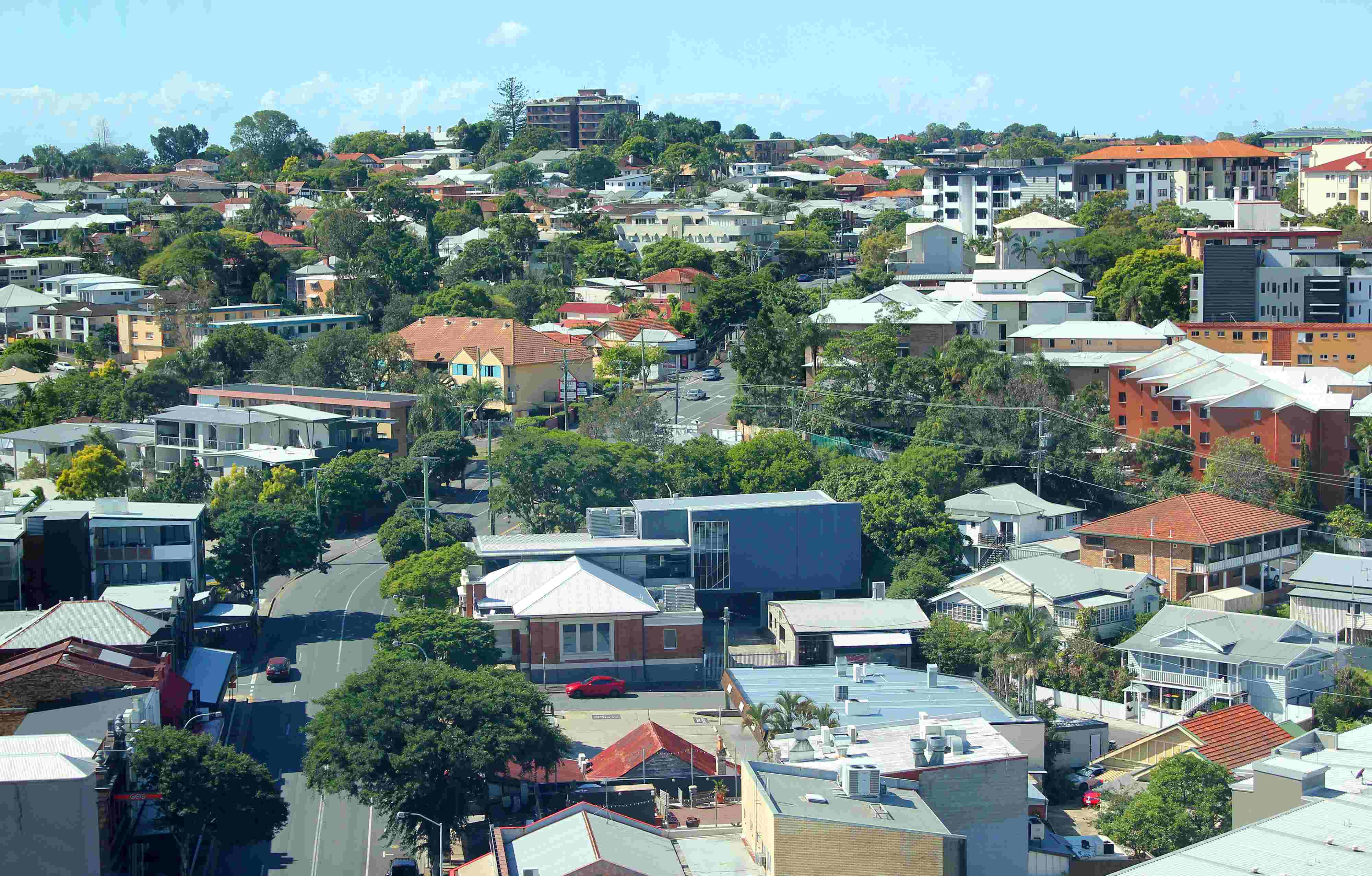
Urban Areas
Pollution in densely populated areas can lead to a buildup of residue from vehicle emissions and industrial activity. This can create a layer of grime on your solar panels that reduces their efficiency over time. Regular maintenance prevents pollution buildup from affecting the performance of your solar system.
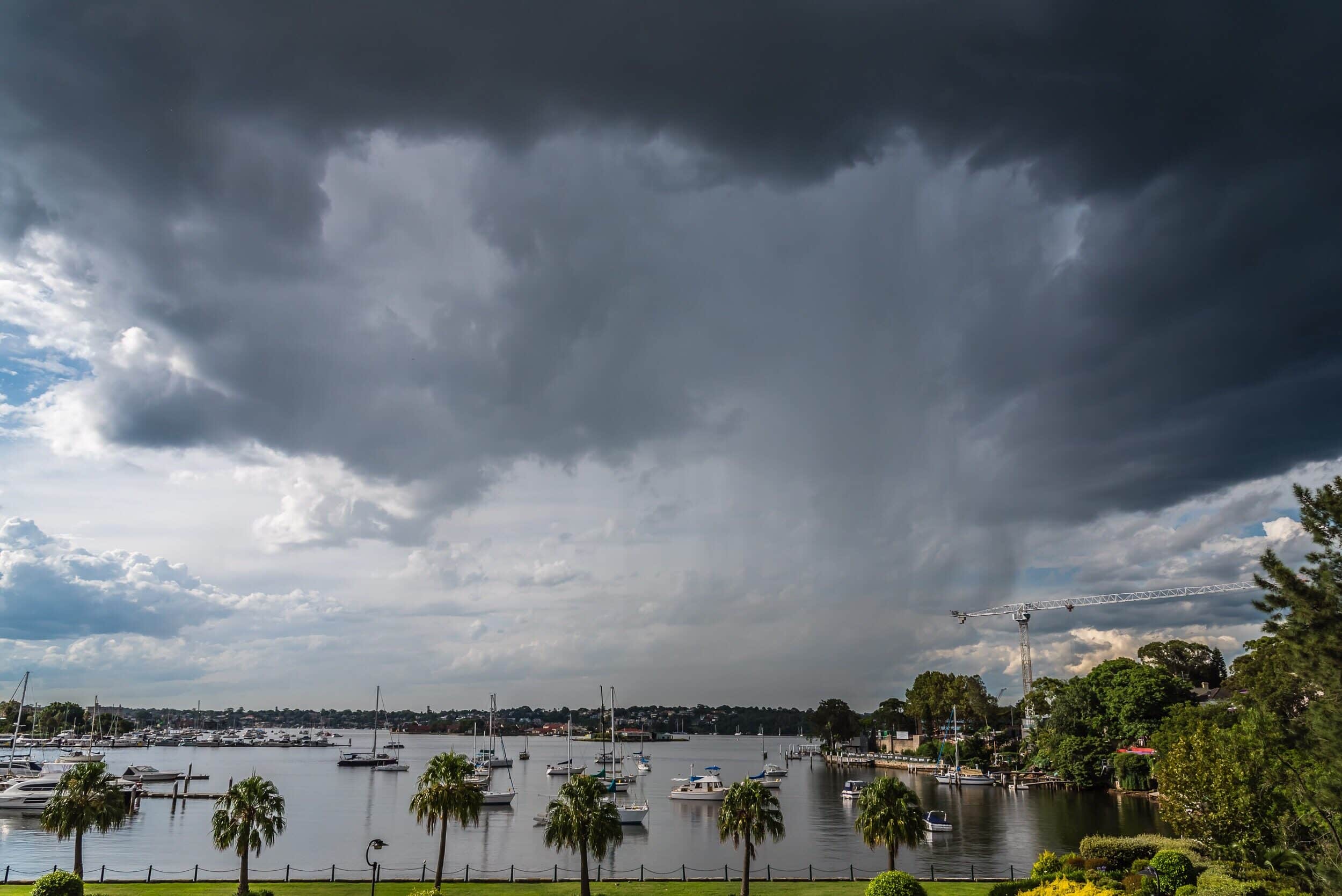
Rainy Regions
While regular rainfall helps naturally rinse away dirt and dust from your solar panels, the effectiveness of rain in maintaining panel cleanliness can vary. In regions with frequent dry spells between rainfalls, additional manual cleaning may be required. It's important to clean them if necessary to ensure optimal performance and avoid dirt buildup.
Maintaining your solar panels is more than just a routine task—it’s an investment in your home’s energy efficiency and long-term savings. By understanding the specific needs of your region and keeping an eye on potential issues, you can avoid common pitfalls that lead to decreased performance and higher costs. Regular cleaning, inspections, and professional check-ups will not only help your system run smoothly but also ensure that it stands the test of time. The better care you take now, the more you'll benefit from your solar system in the years to come. Whether you're facing salt buildup in coastal areas or dust accumulation in the outback, staying proactive with your solar panel maintenance will maximize both energy production and peace of mind.
Need Help Deciding on the Right Solar Solution?
Your journey toward sustainable living can be daunting, but you don’t have to navigate it alone. Our solar experts are ready to answer your questions and simplify the process of selecting the best solar solution for your home. Contact 1KOMMA5° today for a personalised quote.
Request your free & personalised quote today:
More Helpful Articles:

1KOMMA5° Blog
Need more information?
Head over to the 1KOMMA5° blog for more helpful tips and other important guides on everything solar, from inverters, panels and batteries to how to make the most of your investment for years to come.
Frequently Asked Questions about Installing Solar Power
Are there any rebates available?
There are great government rebates/incentives still in place for eligible households. Basically, the larger the panel array, the more STCs your solar system generates as it is based on the expected output of the system over time.
When you buy a solar system, the purchase price is normally reduced by the value of the STCs created by your system. You simply fill out a form on the day of installation to confirm that the system has been installed, and that’s it. There is no additional paperwork that you need to do.
Small-scale Technology Certificates (STCs)
Small-scale Technology Certificates (STC’s) – previously known as Renewable Energy Certificates or RECS – are created when a Renewable Energy System such as a Solar PV system is installed.
The number of STC’s depends on the predicted amount of energy generated and hence the larger the system the greater the rebate. In essence, one STC is created for every megawatt-hour of production capacity of the system.
This is further multiplied by the number of years the system is likely to generate energy (for home solar systems, this is usually 15 years, although the life of the solar panels themselves is considerably more than that).
This incentive program is being phased out until 2030, so each year the number of certificates your system is eligible for reduces.
STC Price
The system for trading and pricing STCs for small systems is managed by the Small-scale Renewable Energy Scheme (SRES).
STCs are bought by Liable Parties (usually electricity retailers) and must be surrendered at the end of each quarter. As the number of STCs that are required to be surrendered is a fixed amount each year, but the number of STCs created is variable, the price paid for STCs also varies and is determined by supply and demand.
The Federal Government legislated in 2010 a fixed price for STCs by implementing a Clearing House system where STCs can be bought and sold for $40. However, there is no requirement for Liable Parties to purchase from the Clearing House, so they are likely to only do so if there is a shortage of STCs or the market price exceeds $40. There is currently a surplus of STCs in the market which means the market price of STC’s below $40
How does the feed-in tariff work?
The Feed In Tariff is only something you need to worry about if you don’t have battery storage.
The price your chosen energy retailer pays for any excess electricity generated from your solar panels is recorded as a credit on your power bill.
In NSW, solar power is fed into your home as it is generated and your household will use it first before you draw power from the grid.
This means that for every kWh of solar power used in the home you are directly saving money you’d spend on your power bill. This reduction in your power bill is the main financial benefit of solar power.
Everything else will be bought up at an agreed rate by your electricity retailer.
At the moment, most feed-in tariffs are between 5 and 10 cents per kWh, with many being about 7 cents. They bounce up and down a lot, for example in previous years they have been up over 20 cents per kWh. Typically, they are always at least 5 cents per kWh.
What happens once I sign the paperwork?
Once you sign up for a 1KOMMA5° Installation, we immediately submit your grid application to the relevant energy distributor. For systems up to 5kWs, this is a formality. For larger systems it can take a few days or more. Once we receive approval, your installation will be managed by our installation coordinator, who will welcome you to 1KOMMA5° and book an installation date for you. This is generally booked within around two weeks and installation dates are available Monday to Friday, weather permitting.
We endeavour to have your system installed within 2-4 weeks unless you request us to hold for whatever reason. Due to our strict safety policy, we do not install solar systems when it rains. In the event of inclement weather, we will rebook your installation as soon as possible. We always work with your requests as we strongly recommend that someone be home on the day of installation.
Do you offer finance?
Green Loans can be an affordable way to pay for your solar power system and is only available for approved products. As a Clean Energy Council Accredited installer, all our systems qualify.
Green Loans can be used to finance 1KOMMA5° systems from $1,000 to $30,000 over a 2-7 year term. Once you have received a referral from 1KOMMA5°, online approval usually occurs within 1-2 business days. Green Loans have a competitive fixed interest rate that is as low as 7.99% p.a.* | Comparison rate 9.21% p.a.^ Establishment fee of $299 added to the loan amount. $2.70 per week account keeping fee included in repayments.
To be eligible to apply you must:
Be over 18 years old and an Australian resident or citizen
Own or be purchasing a home
Be employed, self-employed, a self-funded retiree; or is receiving the Government Age Pension
Have an Australian driver’s license or Passport
Provide two most recent payslips or 90 days of bank statements
There are a number of good, competitive Green Loan providers – ask us about the options available.